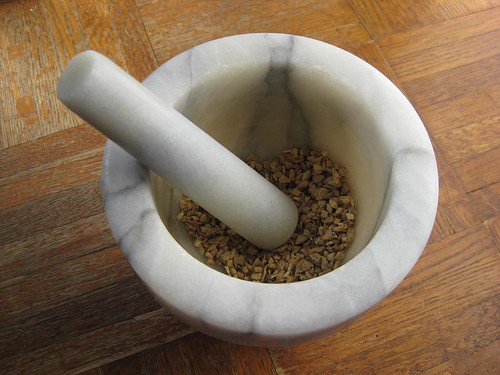One finds the strangest flotsam in the backwash of the early nineteenth century. I found this gem while sifting through the private papers of Sarah Hale, to whom it appears to have been submitted while she was editor of The Ladies’ Magazine and Literary Gazette in the 1830s. Unsurprisingly she never published the poem, and I couldn’t find a copy of any accompanying correspondence, either from the author or from Mrs. Hale rejecting the work. The poem thus remains untitled and anonymous.
The poem, in (mostly, if occasionally somewhat addled) heroic couplets, tells the tragic story of a “humble maid” who gives life and limb to save an apple tart. It’s at once charming and simply dreadful. Its palpably oozing sincerity evinces a giggle from the modern reader. It goes on, as we would say now. The verses strain under the weight of its overwrought verbiage (“gossamer gauze of alabaster skin”? Seriously?) And it’s hard to know how to read it — as a cautionary tale, about the dangers of women’s work? As a love letter to a departed domestic? Or as a simple paean to a damn fine apple tart? The poem’s meaning sleeps with its author, or did, at least, until I dredged the thing up last week.
In any case, until I can manage to write something of my own for this space, enjoy. And don’t be too hard on our departed would-be Byron. No doubt he meant well.
